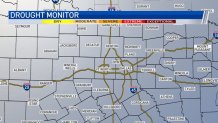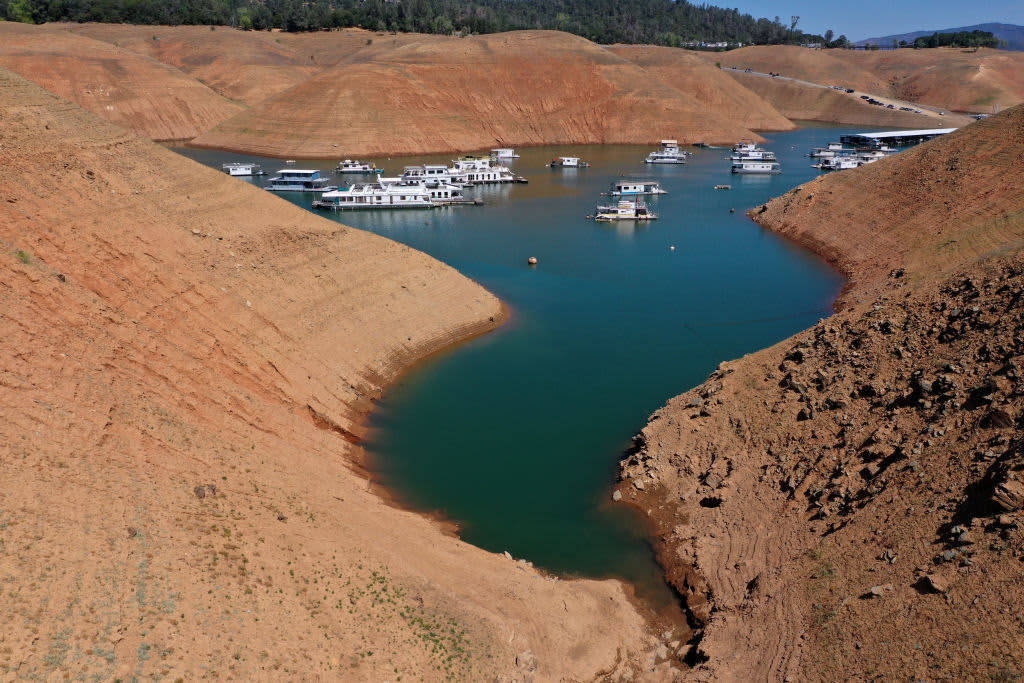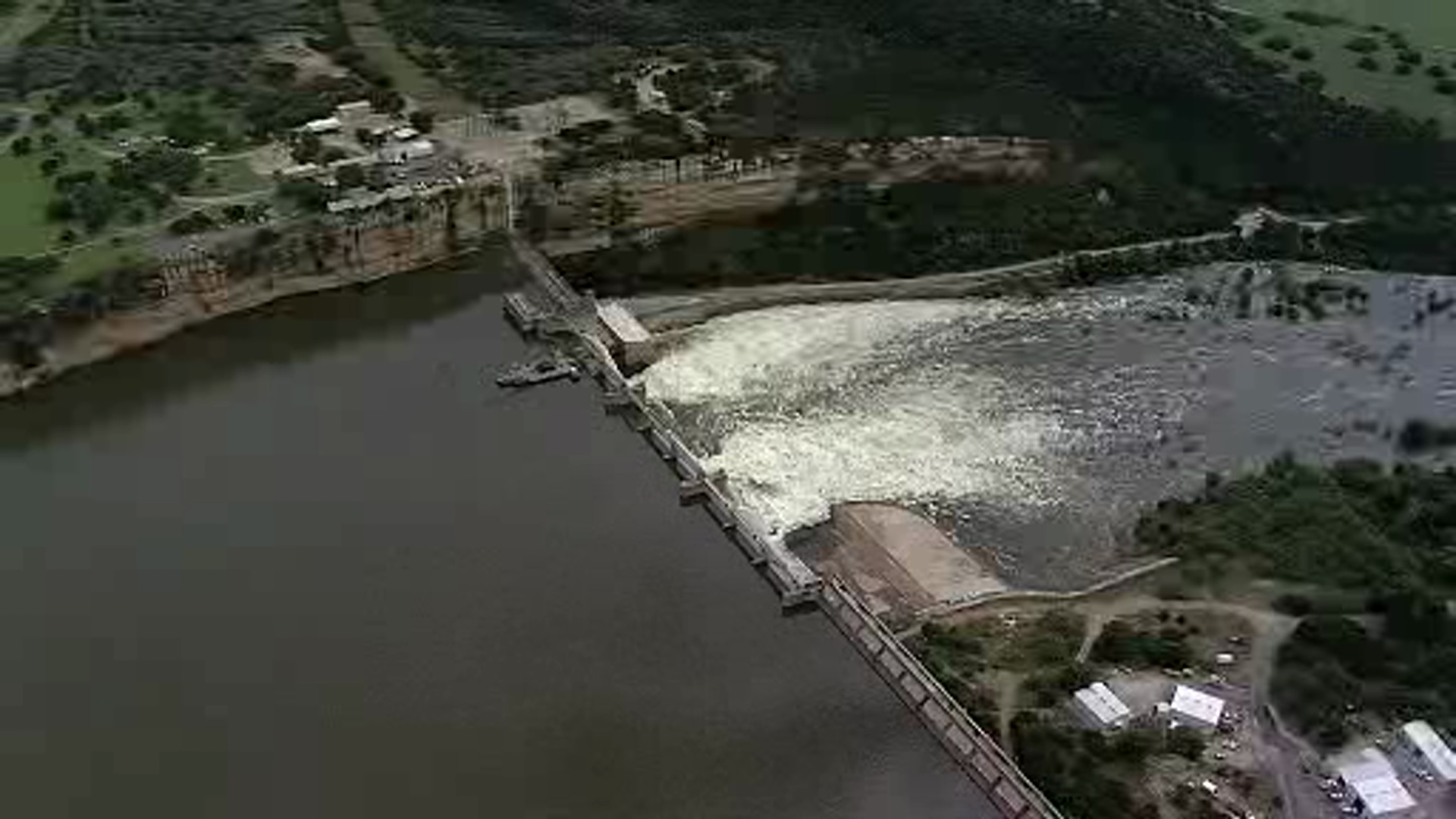
Despite flooding issues, recent rains have helped the local water supply heading into the summer months.
May, which is historically the wettest month in Texas, brought above-average precipitation to a large area of the state. At Dallas-Fort Worth International Airport, 7.77 inches of rain fell. Compare that to the 4.78 inches of rain we normally see during the month of May.
The statewide average rainfall in May is 3.3 inches. June picked up on a wet note with 1.23 inches already recorded for the month at DFW Airport.
At the end of May, drought conditions only covered 25% of the state -- a decrease of 40% from the end of April. The rain in June will set us up for even more drought improvement in the coming weeks.
Get top local stories in DFW delivered to you every morning. Sign up for NBC DFW's News Headlines newsletter.


Across the state of Texas, storage in our water supply reservoirs is up significantly. Most North Texas Lakes are full or above conservation levels.
La Niña conditions were partially responsible for the drought in Texas. La Niña dissipated and is not expected to return this summer. This puts our water supply in a good place as the heat of summer is settling in.
There are still flooding concerns, but with no significant rain in the forecast for North Texas, water levels should be dropping.
Weather Connection
HEAT SAFETY TIPS
With heat like this, you'll want to take precautions and be prepared.
Drink plenty of fluids, stay in an air-conditioned room, stay out of the sun, and check up on relatives and neighbors to ensure they stay cool.
Young children and pets should never be left unattended in vehicles. According to the National Safety Council, if it's 95 degrees outside a car's internal temperature could climb to 129 degrees in 30 minutes. After just 10 minutes, temperatures inside could reach 114 degrees.
A child's body temperature heats up three to five times faster than an adult's, and heatstroke can begin when a person's core body temperature reaches 104 degrees. According to the Texas Department of State Health Services, a core temperature of 107 degrees is lethal.
Take extra precautions if you work or spend time outside. When possible reschedule strenuous activities to early morning or evening. Know the signs and symptoms of heat exhaustion and heatstroke. Wear lightweight and loose-fitting clothing when possible. The Occupational Safety and Health Administration recommends scheduling frequent rest breaks in shaded or air-conditioned environments to reduce risk during outdoor work. Anyone overcome by heat should be moved to a cool and shaded location. Heatstroke is an emergency! Call 911. The CDC has more information on heat-related illnesses.
Take care of your pets by providing fresh, cool water and shade. Also, pets should not be left outside and unattended for too long. It's too hot and they need to be brought inside.



